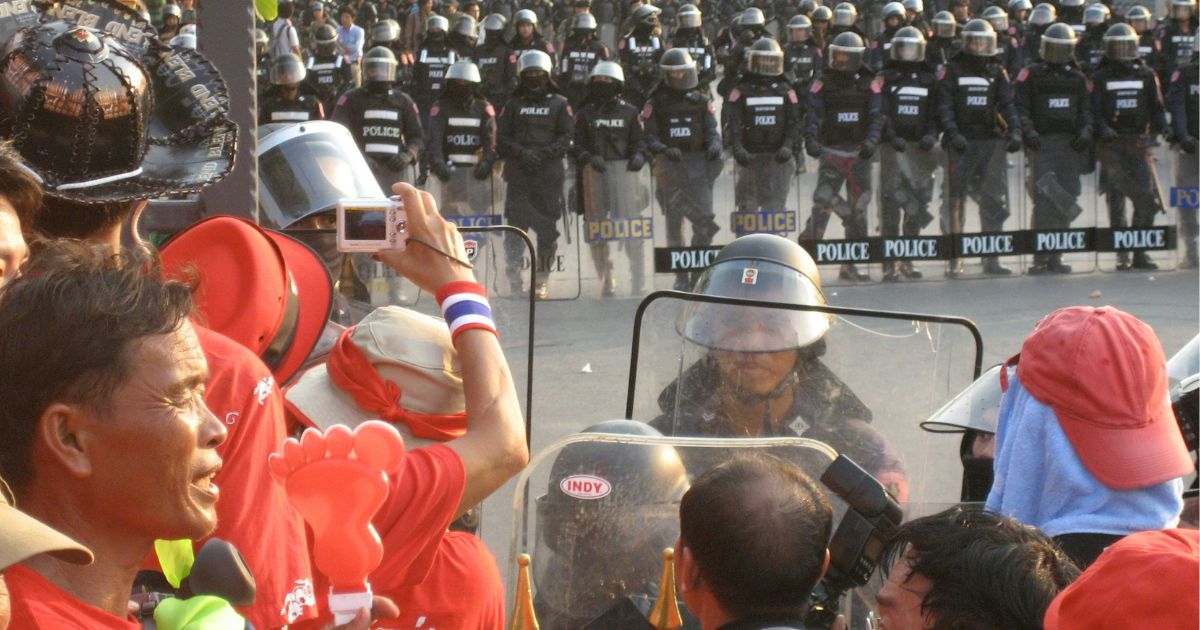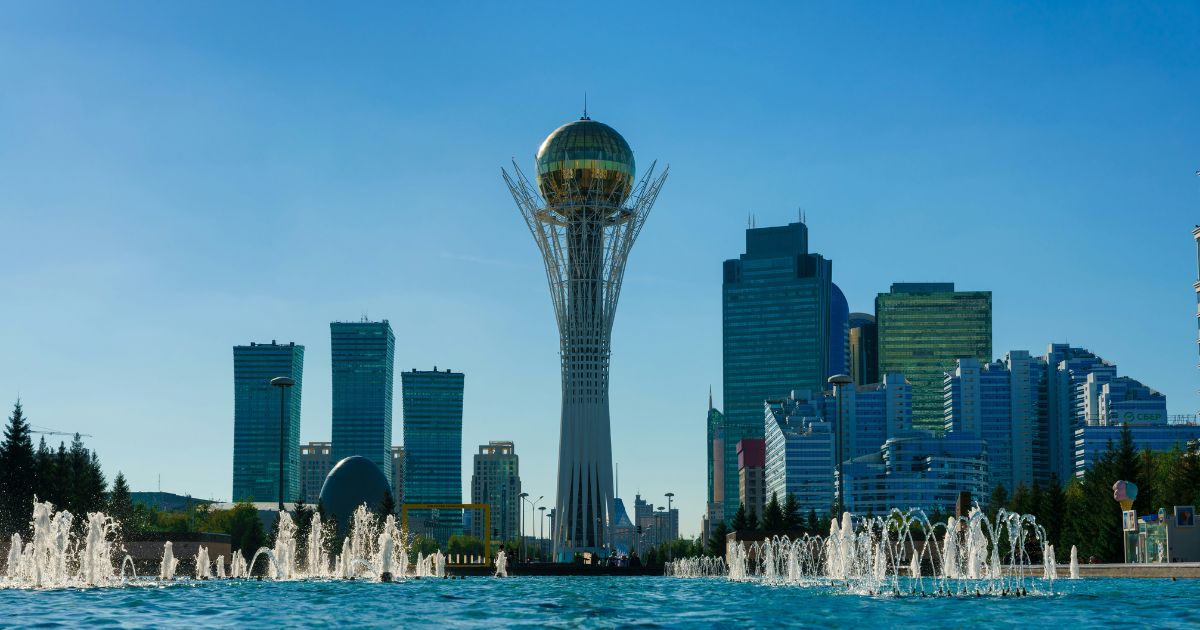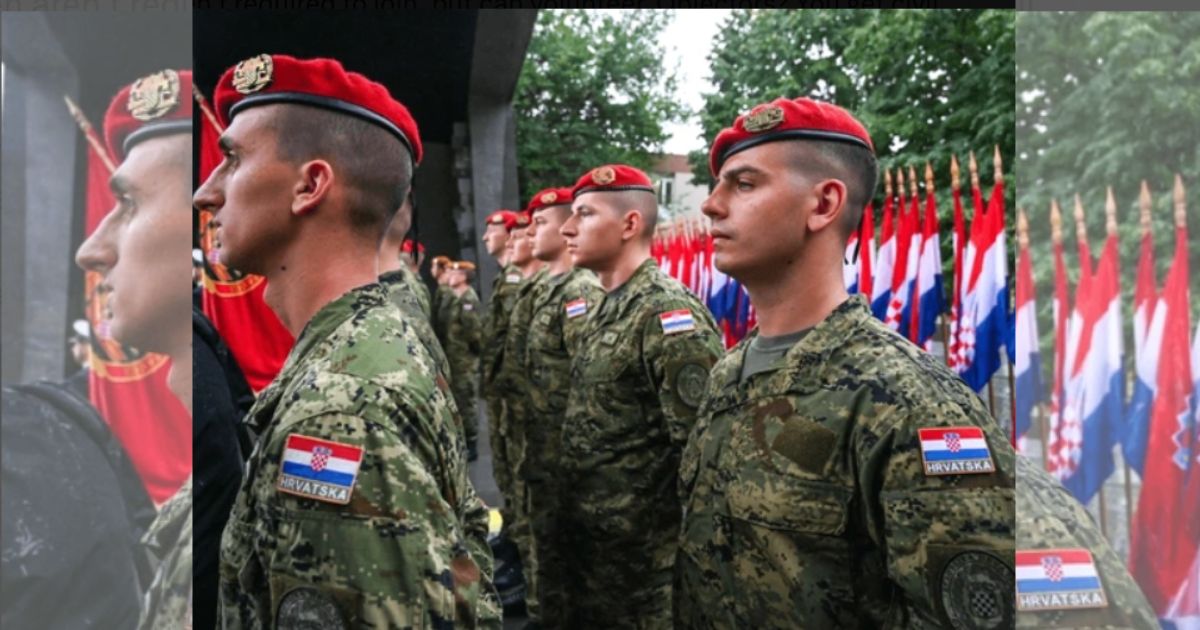Philippine police apprehended 49 individuals who were suspected of throwing rocks, bottles and fire bombs at officials and obstructing highly secured avenues and bridges to the presidential palace on 21st September as a peaceful anti-corruption demonstration was held in the capital, officials and witnesses added.
The clash outside the nation’s seat of power came as over 33,000 other demonstrators marched in a historic park and a democracy monument in Manila. They were outraged by a corruption scandal surrounding lawmakers, officials and owners of construction companies who allegedly accumulated hefty kickbacks from flood-control projects in the storm- and typhoon-battered poor Southeast Asian nation.
The rampage of hours by around 100 predominantly club-carrying individuals, some of whom were waving Philippine flags and carrying carton posters bearing anti-corruption messages, injured around 70 Manila law enforcers, the Manila police said. Schools were suspended because of the violence.
Police reported firing tear gas to attempt to scatter the attackers, who scrawled graffiti on walls, knocked over steel posts, broke glass panels and looted the lobby of a low-cost inn along a major road lined with university campuses, banks and restaurants before scattering at night.
Hours following the attack, police were still trying to identify the attackers, some of whom held black flags with the image of a skull and crossbones. It was also not known if they had previously joined the peaceful rallies before turning towards the presidential office. It was not known at first if President Marcos Jr. was present in the Malacanang presidential palace during the mayhem.
Police stated in a release following the arrests that the situation was “contained” but threatened violence and vandalism would not be tolerated.
Protesting corruption
“I regret that we wallow in poverty and we lose our homes, our lives and our future while they amass a vast fortune from our taxes paying for their luxury cars, foreign trips and larger corporate deals,” student activist Althea Trinidad said to The Associated Press in Manila.
Trinidad resides in Bulacan, a province north of Manila that is prone to flooding where authorities said most flood-control measures were under investigation as substandard or non-existent.
“Our intention is not destabilization but strengthening our democracy,” Cardinal Pablo Virgilio David, chairman of the Catholic Bishops’ Conference of the Philippines, said in a statement. He appealed to the people to protest peacefully and call the authorities to account.
Marcos initially brought to public attention the flood-control graft scandal in July during his state of the nation address.
He then set up an independent body to probe what he described as irregularities in most of the 9,855 flood-control structures worth over 545 billion pesos ($9.5 billion) that were meant to have been completed since he was sworn in in mid-2022. He described the magnitude of corruption as “horrible” and accepted his public works secretary’s resignation.
Indignation broke out among the public when a well-off couple who owned several construction firms that won flood-control project contracts worth millions of pesos flaunted dozens of European and American luxury vehicles they owned during media interviews. Their fleet included a British luxury vehicle for 42 million pesos ($737,000) that they claimed they purchased because it came with a complimentary umbrella.




